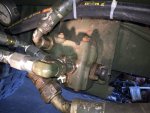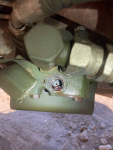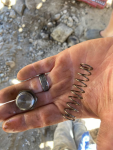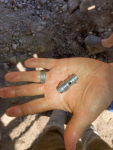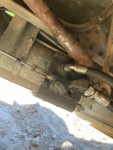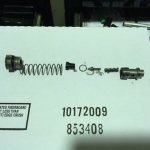aventurateutonic
New member
- 12
- 15
- 3
- Location
- Idaho
We use a 1992 M929 A2 every day while working on a remote road project. The dumping mechanism has worked well for the last three years we have used the beast. Just last week, all of a sudden, the dump bed stopped lifting.
The PTO engages, the retention latch moves aside, but it will not lift. Today, the guys tried troubleshooting it, checking all the lines, checking control linkages, inspecting the pump, etc., but to no avail, there was nothing obviously wrong with anything.
Has anyone else experienced this mystery?
Thanks
The PTO engages, the retention latch moves aside, but it will not lift. Today, the guys tried troubleshooting it, checking all the lines, checking control linkages, inspecting the pump, etc., but to no avail, there was nothing obviously wrong with anything.
Has anyone else experienced this mystery?
Thanks



